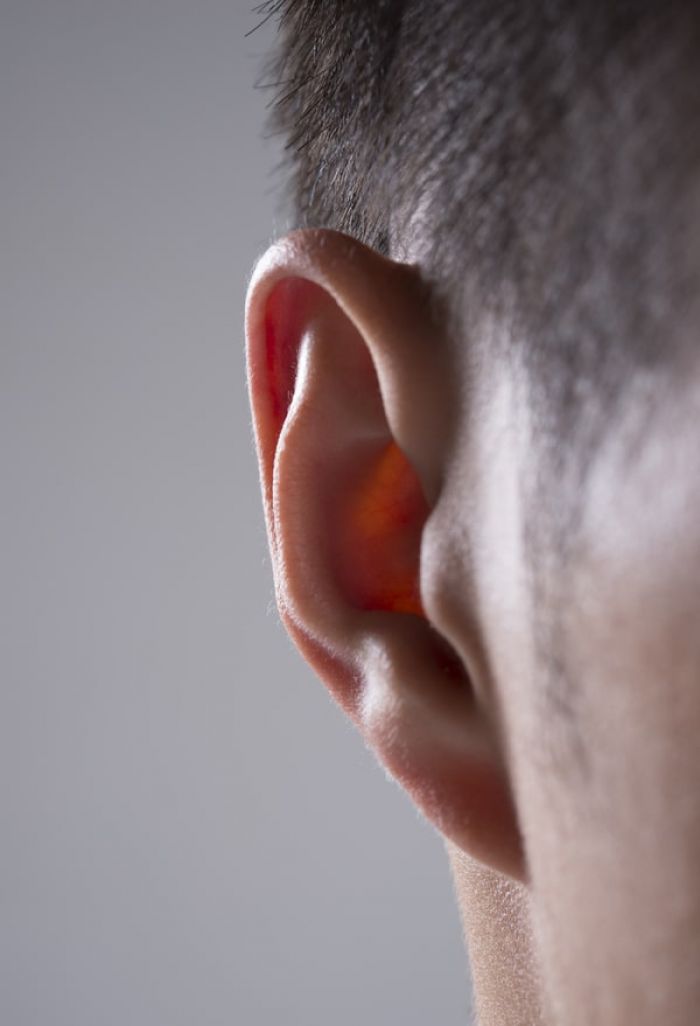We're All Cleaning Our Ears Wrong
Like many guys, you’ve probably bought into the myth that ear wax is a sign of poor hygiene. It’s an understandable conclusion: Why would sticky little balls of goo in your lobes be anything other than hazardous to your health? Except that it’s quite the opposite. Earwax, it turns out, protects and lubricates the canals, and has antimicrobial properties that defend against infection. In fact, researchers at the University of Pittsburgh Medical Center found that cleaning your ears too often can lead to dryness and itchiness in the area.
But overzealous cleaning is the least of your worries. It’s the way we go about ridding our ears of wax that causes the greatest harm. Your ear's top enemy: The Q-tip. A recent study by the American Academy of Otolaryngology-Head and Neck Surgery found that roughly 12 million Americans every year wind up at their doc’s office for impacted cerumen. That’s medical speak for earwax that’s been jammed so deep in the canals by misuse of cotton swabs that it now requires a professional to remove. What’s more, using swabs incorrectly can even rupture your eardrum.
PHOTOS: The 10 Rules of Body Grooming for Men
Cleaning your ears doesn’t require a swab at all, actually, and virtually no medical professional recommends it. Here’s how to get the job done right.
- Wet a soft washcloth with warm water. Gently clean the outside of your ear. Pat dry with a towel.
- Fill an eye dropper (get one at your local drugstore), with either hydrogen peroxide or baby oil. “These provide lubrication and help loosen or soften the wax build-up,” says Sarah Brown, M.D., a physician in Cleveland, Ohio.
- Tilt your head so one ear faces the ceiling. Holding the dropper just at the canal entry, squeeze four or five drops into that ear.
- Gently press on the triangular cartilage on the exterior of your ear canal and slowly massage it in circles. “The motion will help ensure that the drops come in contact with all surfaces inside your ear,” says Dr. Brown. Return your head to a neutral position and let the solution sit in your ear for 10 minutes.
- Re-fill the dropper with warm water, then slowly squeeze the fluid into your ear. This will flush out any dislodged wax. Tilt your head to the opposite side to drain. Repeat on your other ear.
- That’s it. No need for OTC products or ear-candling sessions (which, by the way, the FDA strongly advises against because studies show it's ineffective at best and damaging at worst). What if your cleansing yields no wax? “Most ears naturally dissolve and remove wax as it builds up, so it’s likely your ears are fine,” says Dr. Brown. If, however, you still have the sensation that your ears are clogged or you are having difficulty hearing after cleaning them, see your doc for a more detailed exam.
